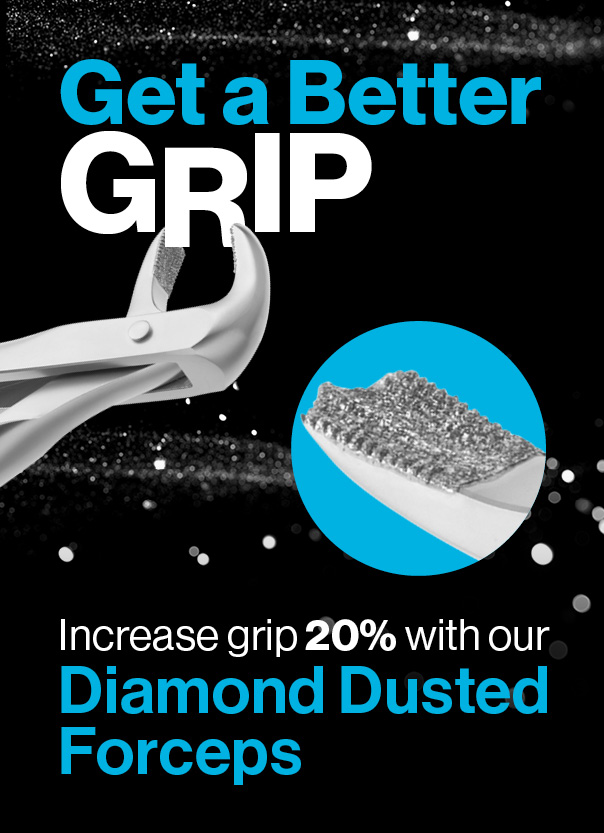Scalers & Curettes - Gracey

In the 1090’s Dr. Clayton Gracey and HuFriedyGroup introduced a set of instruments to give every clinician “the possibility to treat even the deepest and least accessible periodontal pockets simply and without traumatic stretching of the gingiva." Originally, 14 single-ended area-specific instruments were developed for the successful removal of deposits from root surfaces. Over the years, clinician feedback in tandem with innovation by HuFriedyGroup resulted in a myriad of Gracey Curette designs, allowing even more effective and advanced root access and improved periodontal treatment.

Types of Gracey Curettes

Standard Gracey Curettes
Standard Gracey Curettes, also called Finishing Gracey Curettes, are adaptable to root surfaces in periodontal pockets. Their long, flexible shanks allow for enhanced tactile sensitivity and are best used for fine calculus removal and root planing.


Gracey After Five™ Curettes
Gracey After Five™ Curettes feature terminal shanks that are 3mm longer and blades that are 10% thinner than the Standard Gracey. The longer shank allows for better access to deep pockets and areas with recession, and the thinner blade allows for less tissue distension when accessing tight pockets.

Gracey Mini Five™ Curettes
Gracey Mini Five™ Curettes feature terminal shanks that are 3mm longer and blades that are 50% shorter and 10% thinner than the Standard Gracey. Gracey Mini Five Curettes are ideal for scaling deep, narrow pockets where a shorter, thinner blade is required for better access.

Gracey Micro Mini Five™ Curettes
Gracey Micro Mini Five™Curettes are the smallest, thinnest Gracey Curette blades. Compared to the Standard Gracey Curette, the shank is 3mm longer and the blade is 28% thinner allowing for access to calculus in localized deep, tight pockets.
Many of the Gracey Curettes designs are available with Rigid or Extra Rigid shanks.
• Rigid shanks are thicker, stronger and less flexible than Standard Gracey Shanks allowing for removal of moderate to heavy calculus.
• Extra Rigid shanks are ideal for tenacious calculus removal, gross scaling and initial debridement.
Areas of Application
With so many different patterns and combinations to choose from, it is vital to know when and where to use area-specific Gracey Curettes. Take a look at the chart below to easily identify what instruments you may need for your next patient or procedure.
| Gracey Type | Shank Design & Diameter | Blade Length | Blade Width | Available Patterns & Areas of Use |
|---|---|---|---|---|
| Standard (Finishing) | Standard | Standard | Standard | 1/2, 3/4, 5/6, 7/8, 9/10, 11/12, 15/16, 13/14, 17/18 |
| Rigid | Standard design, increased shank diameter | Standard | Standard | 1/2, 3/4, 5/6, 7/8, 9/10, 11/12, 15/16, 13/14, 17/18 |
| After Five | Longer terminal shank, standard diameter | Standard | Decreased by 10% compared to Standard | 1/2, 3/4, 5/6, 7/8, 11/12, 15/16, 13/14 |
| Rigid After Five | Longer terminal shank, standard diameter | Standard | Decreased by 10% compared to Standard | 1/2, 3/4, 5/6, 7/8, 11/12, 15/16, 13/14 |
| Mini Five | Longer terminal shank, standard diameter | Decreased by 50% | Decreased by 10% compared to Standard | 1/2, 3/4, 5/6, 7/8, 11/12, 15/16, 13/14 |
| Rigid Mini Five | Longer terminal shank, increased diameter | Decreased by 50% | Decreased by 10% compared to Standard | 1/2, 3/4, 5/6, 7/8, 11/12, 15/16, 13/14 |
| Micro Mini Five | Longer terminal shank, increased diameter | Decreased by 50% | Decreased by 20% compared to Mini Five | 1/2, 7/8, 11/12, 13/14 |


Anna Pattison
Anna Pattison Gracey Curettes are modified from the original Gracey Curettes. These instruments have shorter, thinner, smaller blades honed at a 60° angle with a modified rigid shank specially designed to allow easier access and insertion under tight tissue.

Clinical Application
Your official guide to the hows, whens, and wheres to use HuFriedyGroup Scalers, Curettes, and Diagnostic Instruments.


Can’t get enough EverEdge™ 2.0 Scalers & Curettes?
With so many patterns and handle options to choose from, HuFriedyGroup has the specific scaler for every procedure, every patient, every day.

